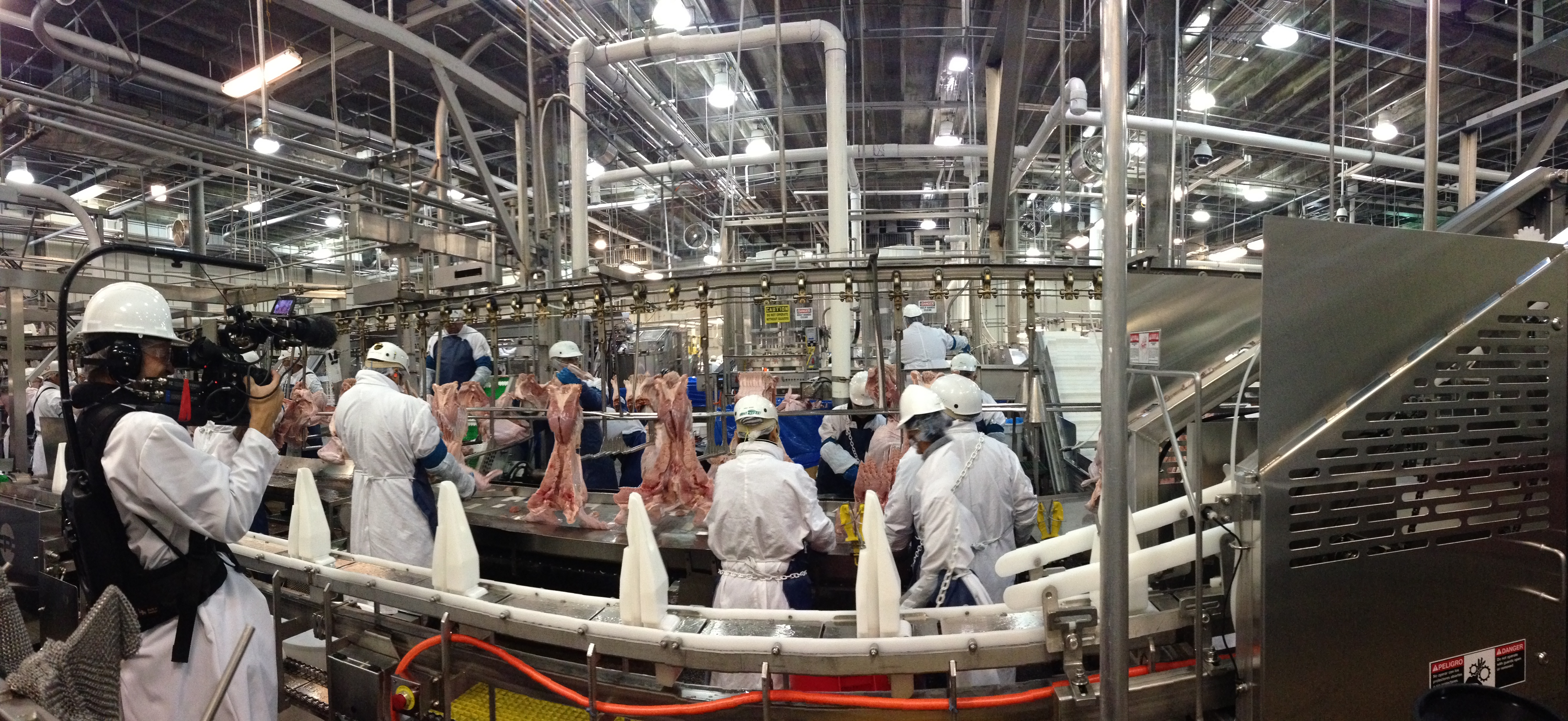Salmonella sickens more than 1 million Americans every year, with about 200,000 illnesses caused by contaminated poultry. Some strains of salmonella are becoming antibiotic resistant, making them more severe and difficult to treat.
Key Findings of ‘The Trouble with Chicken’ investigation:
- Twenty years after the major E. coli 0157 outbreak from Jack-in-the-Box hamburgers highlighted the need to look at dangerous bacteria threats, illnesses from salmonella have remained one of the leading sources of foodborne illness in the United States. Poultry is one of the leading sources of salmonella poisoning.
- After Jack-in-the-Box, the federal government labeled E. coli 0157 an “adulterant” in hamburger — the bacteria, if found, would lead to recall of the product. But the government tolerates the sale of raw meat — especially chicken — contaminated with salmonella. It does not allow such pathogens on other ready-to-eat foods, such as peanut butter or produce.
- Public health officials in the Pacific Northwest have been struggling with outbreaks caused by salmonella contamination from Foster Farms plants for the past decade. The company was the source of the largest documented salmonella outbreak in poultry in 2013-2014.
- Even though hundreds of people were falling ill during the Foster Farms outbreak, the company was still meeting the U.S. Department of Agriculture’s (USDA) standards for salmonella contamination. In fact, from 2010 through early 2013, federal regulators failed to find any positive samples of salmonella at the three plants associated with the outbreak, even though people were being sickened.
- While 80 percent of chicken bought in supermarkets is packaged as parts, inspectors have until now been testing whole chickens for salmonella. The agency recently proposed standards —or limits — on contamination in chicken parts.
- Federal regulators have no authority to recall raw poultry contaminated with salmonella and believe that court rulings dating back to the 1970s limit their authority to even ask companies for a recall. FSIS believes they can only ask companies to do so when they meet very rigorous criteria linking a processing plant to a specific illness.
The result: the Foster Farms outbreak went on for 16 months sickening and hospitalizing hundreds before regulators finally asked the company to pull some products from the market.
What is salmonella?
Salmonella is a bacteria that causes infections in people and is most often passed to humans from raw poultry or raw eggs. It infects an estimated 1.2 million people in the U.S. and Canada annually and causes about 19,000 hospitalizations each year.
SYMPTOMS:
- Nausea
- Vomiting
- Abdominal Cramps
- Headache
- Typhoid fever
- Diarrhea
- Fever
- Chills
- Blood in stool
Complications
Salmonella can enter the bloodstream, which allows it to travel around the body. If the bacteria end up in the brain or spinal cord, it becomes meningitis. If it infects the heart valves or the lining of the heart, it becomes endocarditis.
Some strains of salmonella are also becoming drug-resistant. Salmonella is also becoming drug-resistant. The average salmonella infection isn’t pleasant, but its complications can have major consequences.





